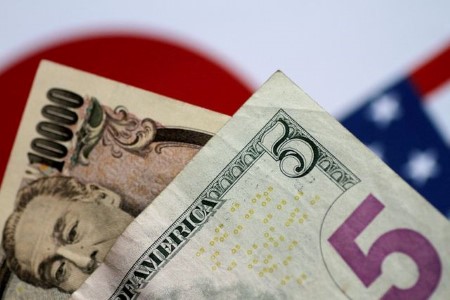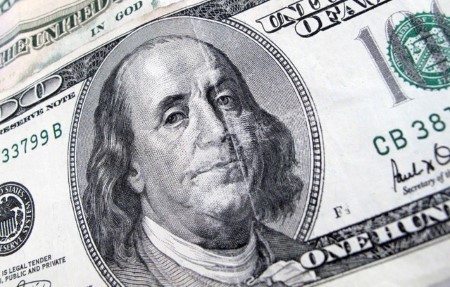Japanese investors turned net buyers of foreign equities in January amid a global equity rally that shrugged off trade tensions, and resumed purchasing foreign bonds after a three-month hiatus.
According to Japan’s Ministry of Finance, local investors bought 1.6 trillion yen (USD 10.54 billion) of foreign equities in Japan, the biggest purchases in 2 years.
“It appears Japanese retail investors continue to rebalance away from yen cash to risk assets, especially foreign equities,” said Shusuke Yamada, an analyst at BoFA.
“The jump in January flow suggests rebalancing activity remains firmly in place as households protect their wealth from a negative real interest rate and the falling yen.”
A breakdown of inflows by types of investors showed investment trusts made net purchases of 1.7 trillion yen, which Barclays attributed to new investments in NISA as tax exemption brackets were renewed at the turn of the year.
NISA, or the Nippon Individual Savings Account, is a Japanese government tax-free stock investment programme for individuals, aiming to turn the trillions of yen held in cash by households into investments in stock markets.
Meanwhile, a rise in US Treasury yields prompted Japanese investors to purchase 1.1 trillion yen in foreign bonds last month, following three consecutive months of net sales.
In the final quarter of 2024, they had aggressively sold foreign bonds, particularly targeting European markets.
Bank of Japan data showed domestic investors divested 13.2 trillion yen worth of European bonds during this period, with sales of French, Italian, and Spanish bonds totaling 1.9 trillion yen, 689 billion yen, and 342 billion yen, respectively.
(USD 1 = 151.8000 yen)
(Reporting By Patturaja Murugaboopathy and Gaurav Dogra in Bengaluru; Editing by Kim Coghill)







 DOWNLOAD
DOWNLOAD













